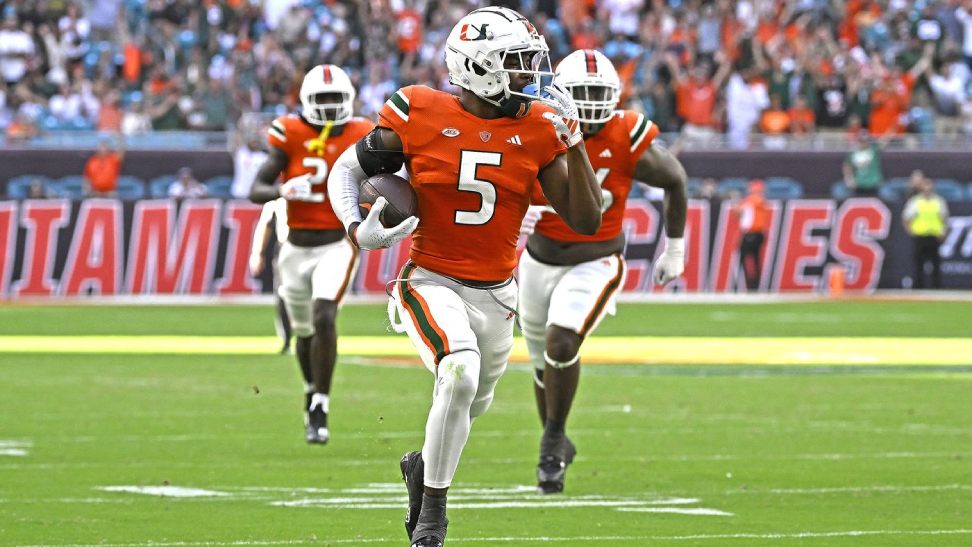The roar of the crowd, the adrenaline pumping through your veins, the ball soaring through the air… in the world of football, every play holds the potential for excitement. But amongst the touchdowns, tackles, and interceptions, lies a less flashy but equally important occurrence: the touchback.
Often misunderstood or taken for granted, understanding the touchback is crucial for appreciating the strategic nuances of the game. So, strap yourselves in, football fans, as we delve into the world of touchbacks, deciphering its rules, exploring its impact, and revealing how it can actually be a defensive advantage.
Defining the Moment: What Constitutes a Touchback?
In essence, a touchback occurs when the ball comes to rest in the end zone not as a result of a player carrying it there. Instead, the impetus must come from the opposing team, primarily through a kick or an intercepted pass.
Here are the key scenarios that trigger a touchback:
- Kickoffs and Punts: If the receiving team allows the ball to bounce in the end zone without attempting to return it, a touchback is awarded. This also applies to kicks that directly enter the end zone and are downed by the receiving team.
- Interceptions: Imagine a defensive player snags an opponent’s pass but accidentally runs backwards into their own end zone before being tackled. This results in a touchback for the offensive team.
- Fumbles: Though less common, if a player fumbles the ball in their own end zone and it goes out of bounds or is recovered by the opposing team, a touchback is awarded.
Where Does the Ball Go After a Touchback?
The location where the ball is placed after a touchback depends on the type of play that caused it:
- Kickoffs and Punts: In most leagues, a touchback on a kickoff results in the receiving team starting their offensive drive at the 25-yard line. For punts, the starting point is typically the 20-yard line. However, some leagues, like the NCAA, have different rules for specific scenarios like fair catches.
- Interceptions and Fumbles: In these cases, the ball is placed on the awarded team’s 20-yard line.
Strategic Significance: Why Touchbacks Matter
While a touchback might seem like a mere technicality, it carries considerable strategic importance. Here’s why:
- Field Position Advantage: By forcing the receiving team to start deeper in their territory, a touchback can be a defensive boon. It shortens the distance the offense needs to cover for a touchdown, giving the defense more time to regroup and strategize.
- Risk Management: Teams often choose to concede a touchback on kickoffs rather than risk a dangerous return that could lead to a better starting position for the opponent. This is especially true when facing a team with a skilled returner.
- Tactical Punting: Punting strategically to force a touchback can be a valuable tool for pinning the opposing team deep in their territory and controlling the flow of the game.
Beyond the Basics: Different Types of Touchbacks
The world of touchbacks doesn’t end with basic rules. Let’s explore some lesser-known variations:
- Major Touchback: In some leagues, kickoffs that travel into the end zone and are downed by the receiving team within a specific zone (often between the 20-yard line and the goal line) result in a “major touchback,” with the ball starting at a more advantageous position, like the 35-yard line.
- Fair Catch Touchback: This rule, now abolished in most leagues, awarded a touchback if the receiving team signaled a fair catch on a kickoff before letting the ball bounce in the end zone.
- Muffed Touchback: If a player attempts to field a kickoff or punt in the end zone but muffs it, and the ball goes out of bounds or is recovered by the kicking team, the result is not a touchback but a turnover at the spot where the ball went out.
Touchbacks in the Spotlight: Memorable Moments
History is littered with memorable touchbacks that impacted the course of games. Here are a few examples:
- Super Bowl XLII: With seconds remaining and the New York Giants trailing by 3 points, a well-placed kickoff resulted in a Patriots touchback, starting them at the 20-yard line and effectively sealing the Giants’ victory.
- Miracle in Miami: This iconic play saw Dolphins’ kicker Garo Yepremian famously shank a crucial field goal attempt, resulting in a Broncos touchback and a dramatic victory for Denver.
Read Also:
- Gabby Agbonlahor
- The Enigma of Jeff Stelling’s Net Worth
- Unveiling The Mystery: How Many Soccer Games Are In A Season?
- Beyond The Spotlight: Rike Nooitgedagt, The Steady Force Behind Virgil Van Dijk

